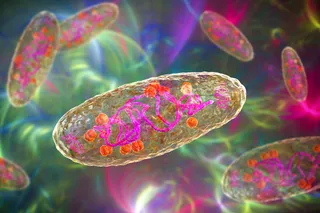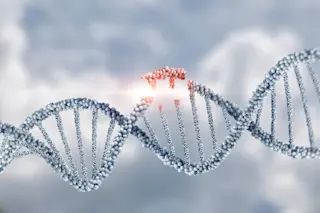One of the great achievements of modern science was the human genome project to map the sequence of genes in human DNA. The project produced unprecedented insight into the function of genes, their role in human health and the nature of life itself.
And yet the human genome project was just the beginning. Armed with the sequence of genes in DNA, life scientists now want to know how the extraordinarily rich complexity of life emerges from this code.
Closely linked and just as puzzling is how small changes in the genome can lead to the rich tapestry of human life with its infinite variety of faces, ethnicities and susceptibility to certain diseases.
Now scientists at more than 120 laboratories in the US and elsewhere have joined forces to search for an answer. The group is called the Impact of Genomic Variation on Function Consortium and its goal is to understand ...














